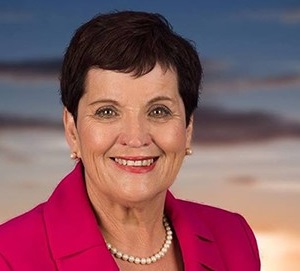LGNSW has released a report showing that more that $1.36 billion worth of costs are shifted onto the local government sector each year.

The report says the largest direct cost shift to councils, totalling $165.4 million, is from emergency service contributions and obligations, while waste levies come to $288.2 million, and shortfalls in library subsidies account for $156 million.
Councils are also losing out on $273.1 million in rate exemptions.
The report, titled How State Costs Eat Council Rates, says cost shifting it is one of the most significant challenges facing the NSW local government sector.
It says 2021-22 saw new records in cost shifting, up $540 million since the last cost shifting survey in 2017-18.
“Our survey found that cost shifting cost NSW councils $1.36 billion in 2021–22, which represents $460.67 for each ratepayer,” the report says.
“In effect, this is the average amount of rates that councils must divert from the services and infrastructure that council has committed to provide the community in order to fund the unrecoverable cost services, programs and functions that are imposed from the State or Federal governments,.”
This report contains insights from the 2021–22 Cost Shifting Survey conducted in May 2023.
Good news on rate peg
Meanwhile in better news for the state’s councils, LGNSW has welcomed IPART’s recent rate peg announcement, which the association says has adopted a more realistic methodology.

The core range for rate pegs for the 2024-25 financial yearwill be 4.5 per cent to 5.5 per cent, but for councils experiencing faster population growth the peg will range up to 8.2 per cent.
An additional population factor applied for 49 of the 128 councils with growing populations will increase their final rate pegs.
The independent pricing regulator says the pegs are based on employee cost increases, forecast inflation and council-specific changes in Emergency Services Levy contributions and population growth.
“The new methodology we have applied will better account for the diversity among NSW councils and help ensure ratepayers contribute only to costs relevant to their local government area,” IPART Chair Carmel Donnelly said when releasing the decision on November 21.
The new process for determining the rate peg should ensure a greater level of financial sustainability for councils, president Darriea Turley said.
“Councils need to be able to pay for the services communities expect and deserve and this new rate peg methodology goes part way towards making that achievable,” Cr Turley said.





Does this really mean Local Govt needs to fund State and Federal? Isn’t this a little bit backwards? Surely Federal can collect more $, more efficiently too, for distribution to State and Local, preferably regulated, not needing applications for grants and/or personal favours?